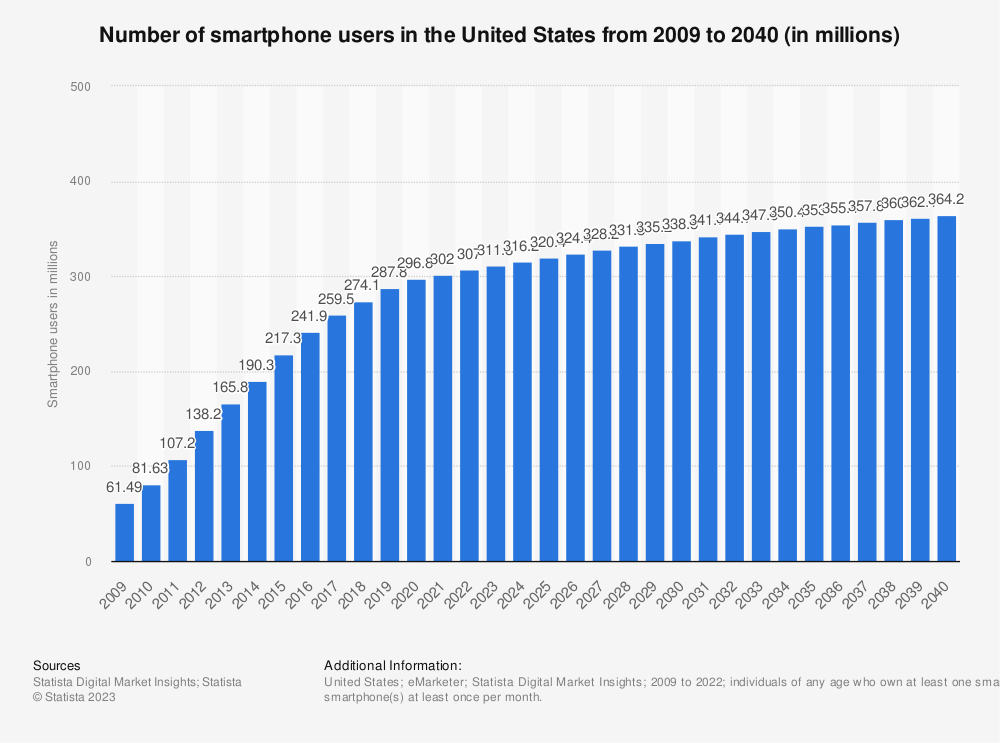移动商务 近年来,移动商务经历了快速发展,改变了客户和公司的互动方式。鉴于技术的不断进步,企业需要跟上移动商务的最新趋势和最佳实践。这篇博文将帮助您识别移动商务的重要趋势和最佳实践。 移动商务的未来 或移动商务,帮助企业在移动驱动的市场中取得成功。让我们开始吧!

移动商务有哪些好处?
无论是企业还是消费者 从移动商务中获益匪浅。以下是您应该了解的移动商务的一些主要优势:
可达性和便利性:
移动商务让消费者能够随时随地使用智能手机或移动设备进行购物并与商家互动。它消除了前往实体店的需要,让消费者能够轻松便捷地获得各种产品和服务。
增强用户体验:
为了给客户提供无缝体验,移动商务系统经常优先考虑响应式设计和用户友好界面。移动优化网站或专用应用提供的简单导航、快速加载时间和快速结账程序总体上提高了用户满意度。
增加销售额和业务增长:

移动商务带来了接触更多受众的新方式。由于智能手机的兴起和移动互联网的普及,企业可以轻松接触更大的市场并提高销量。此外,移动商务促进了冲动性购买,并通过定制推荐和有针对性的广告提供了追加销售和交叉销售的机会。
数据收集和分析:
企业可以利用移动商务产生的大量数据来了解客户的行为、偏好和购买习惯。这些信息可用于制定数据驱动的决策,以促进业务增长、增强产品供应并优化营销工作。
移动商务的最新趋势
可访问性、便利性、更好的用户体验、个性化、多种支付选择、基于位置的服务、与发展中的技术集成、更大的销售潜力和富有洞察力的数据都是移动商务的特点。拥抱移动商务有助于在数字时代取得成功,并满足精通使用移动设备的消费者不断变化的需求和品味。
本节将深入探讨实施推荐做法的移动电子商务的最新趋势;企业可以优化其移动商务策略,增强客户体验,并推动移动驱动经济的增长。让我们一起探索令人兴奋的移动商务趋势世界:
一键订购
移动电子商务的一键订购因其能够提供无缝便捷的购买体验而广受欢迎。客户只需点击一下即可完成购买,而不必反复输入送货和付款详细信息。这种简化的流程具有许多优势,例如顺畅的用户体验、节省时间和精力、更高的转化率以及适合移动设备的方式。
移动钱包和支付创新:
移动钱包已广受欢迎,为消费者提供了便利和安全。随着移动商务的未来发展,企业应强调整合不同的移动支付系统,例如 Apple Pay、Google Pay 和 Samsung Pay。由于区块链和加密货币等新技术的出现,移动支付环境也在发生变化,这些技术可提供无缝交易和更高的安全性。
渐进式 Web 应用程序 (PWA):
渐进式 Web 应用 在移动商务领域越来越流行。PWA 结合了移动网站和原生应用的最佳功能,可直接通过移动浏览器提供类似应用的体验。企业可以利用 PWA 提供快速加载、响应迅速且引人入胜的移动体验,减少摩擦并提高转化率。
个性化和情境营销:
移动商务依赖于 提供定制化体验 根据用户的偏好、行为和位置。企业可以利用数据分析和机器学习提供专业建议、有针对性的促销和基于位置的优惠,从而提高客户参与度和忠诚度。
语音商务:
Siri、Google Assistant 和 Alexa 等语音助手越来越受欢迎,这扩大了移动购物的可能性。用户可以使用语音命令与品牌沟通、搜索产品和进行购买。企业应该调整其移动商务平台,以允许 语音交互 随着语音技术的发展,可以保证顺畅的集成和定制化的体验。
了解更多: 语音搜索在 SEO 中的兴起:如何在 Shopify 商店中使用它 [2023]
增强现实(AR)和虚拟现实(VR):
AR 和 VR 技术提供的沉浸式、引人入胜的体验有可能彻底改变移动商务格局。企业可以使用增强现实和虚拟现实以 3D 形式展示商品、提供虚拟试穿体验并产生有趣的品牌互动。这些技术在集成到移动商务平台后可以提高消费者参与度并增加收入。
2023 年移动商务的兴起

资料来源:Statistica (Influencer MarketingHub)
⭐“移动商务销售额预计将达到 $4.5万亿 到2024年将占零售电子商务销售额的近70%。” (福布斯)
⭐“到 2025 年,移动零售商务预计将达到 $7100亿,超过$4300亿 在2022年。” (影响力营销中心)
⭐普华永道称,“接受调查的消费者中,有 71% 会使用语音助手在线搜索。” (影响力营销中心)
⭐“与移动网站上高达 97% 的购物车放弃率相比,移动应用程序的放弃率仅为 20%。” (影响力营销中心)
⭐“移动钱包支付额在五年内增长了十倍,从 2016 年的 $250 亿增长到 2021 年的 $2750 亿。” (影响力营销中心)
⭐“全球有超过 47.6 亿社交媒体用户。对连通性和便利性的渴求不会很快消退。拥抱移动商务对于保持竞争力至关重要。” (影响力营销中心)
⭐“移动购物占比超过一半(55%) Adobe 表示,感恩节期间的在线零售额同比增长 8.3%。” (RetailDive)
⭐“圣诞节期间,购物者通过智能手机消费了 61%。” (RetailDive)
现在轮到你了!
在未来,企业将有大量机会以新颖的方式与客户互动。企业可以通过拥抱移动钱包、PWA、语音商务、AR/VR 和定制等趋势,保持领先地位并开发流畅、愉快的移动商务体验。对于企业来说,要在不断变化的移动驱动行业中取得成功,保持知情并应用最佳实践至关重要。
喜欢这篇文章吗?一定要 订阅我们的博客 了解更多有趣的教程。










